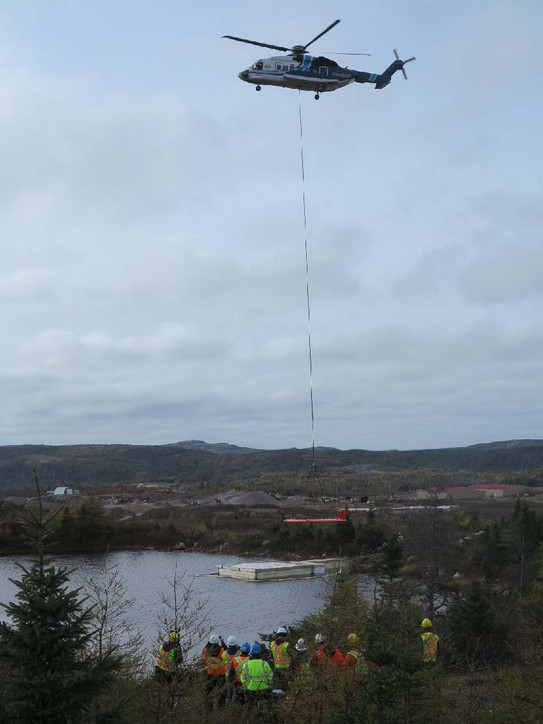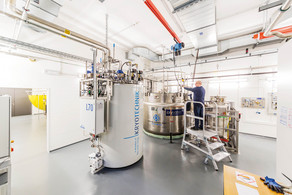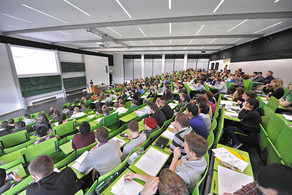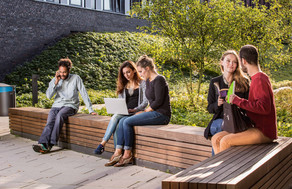NMR applications with industry – uncovering good physics along the way
- Kolloquium
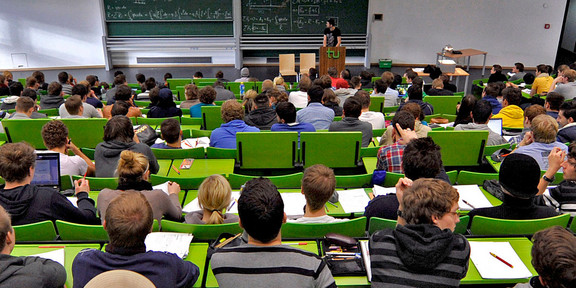
NMR applications with industry – uncovering good physics along the way
Earth's Field NMR to Detect Oil under Sea Ice
In preparation for exploring and producing crude oil from arctic waters, a method for detection of leaked/ spilled oil was required. Visual detection of oil trapped under the ice is not possible, due to thick snow-covered sea ice. The solution is earth's field NMR, using a 6-m diameter coil set suspended from a helicopter. Three physics challenges appear:
- A pre-polarization field is needed over a large volume with rapid turn-off.
- The resonant transmitter pulses B1 are very non-uniform, so frequency swept (adiabatic) pulses are required; these need to be effective despite the large counter-rotating field terms at low frequencies.
- Crucially, a modest amount of trapped oil (1 cm thick equivalent) needs to be detected against an overwhelming background signal of sea water, while the usual oil vs water frequency shift is useless in earth's low field.
Imaging Plant Roots in an Agricultural Field
Because soil is opaque, optimization of plant roots is sorely lagging behind optimization of the above-ground parts. To address this, in-ground NMR imaging (MRI) of roots has been developed. At low frequencies, rf penetration through the soil is good and the effects of soil paramagnetismare modest. Fortuitously, the soil water signal has a very short T2 decay time, allowing the roots to be readily imaged, despite the much larger quantity of soil water. The evolution of our approaches will be described.
